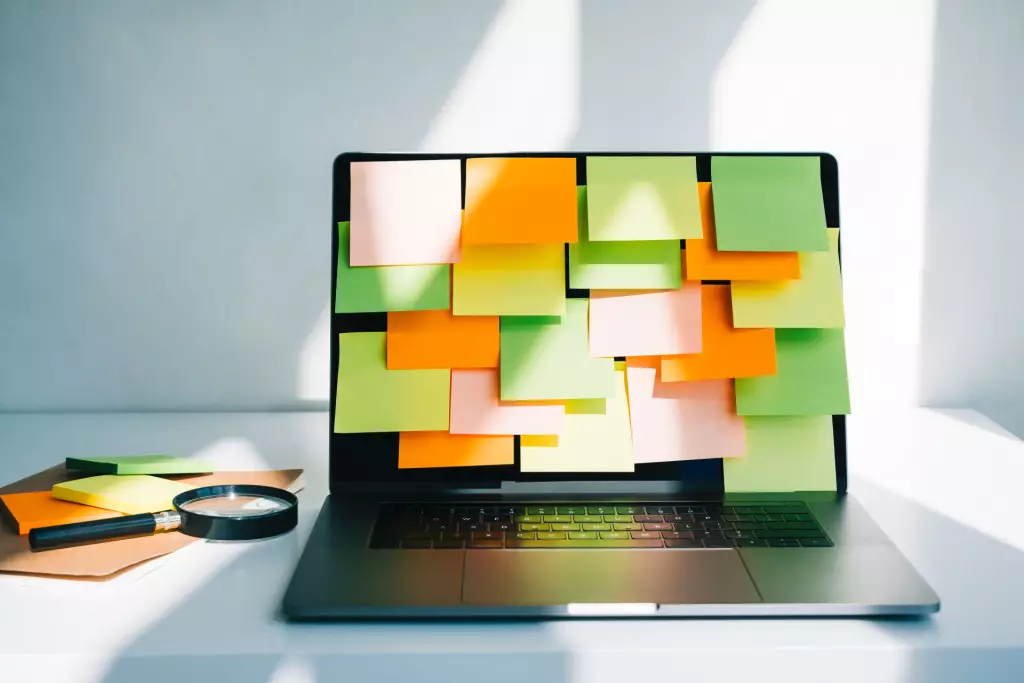Challenges of medical literature monitoring. Part 2: Information search
- 24/10/2022
“He who owns information owns the world” is a simple truth. Indeed, information in today’s world is a strategic resource. That resource is also widely used by pharmaceutical companies. Articles relevant to the safety of medicinal products are usually published in well-recognized scientific and medical journals. However, new and important information may be first presented at international symposia or in local journals. In the first part of the publication about the challenges of literature monitoring, we discussed how to create a list of local journals. That is, we got an answer to the question – Where to look for information? In this part of the publication, we will find the answer to the question – How to search for information?
When to start and stop the medical literature screening
According to GVP, the company must search worldwide literature, starting from the marketing authorization application (MA) submission date. The search also includes the period between the dossier submission and MA approval to identify published articles with information that could impact the drug risk-benefit assessment. Literature searches should be conducted for all products with marketing authorization, irrespective of commercial status.
Information search strategy
Searches should be performed to find safety information regarding active substances and not just for trade names. All active substances must be included in the search strategy for combination products. When establishing a search for pharmacovigilance, the highest recall for a search would be to enter the medicinal product name and active substance name (in all their variants) only. With such a broad search, you get all the articles mentioning your drug or active ingredient. This method of searching in global databases is not always appropriate due to the many articles received, since the accuracy of the search is reduced. But for local medical literature that is not indexed in global databases, this is an acceptable strategy. Thus, for local literature monitoring, it is sufficient to use a broad search (for example, the product’s name and the active substance’s name).
Availability of staff for literature monitoring
The MAH should ensure that it has appropriately trained staff to identify safety information in literature articles. PV professionals should review the outputs and select articles systematically. Searches should be done not just to pick up cases for reporting (ICSRs), but also, to find articles that will be included in the PSUR. All articles that are “likely” to contain relevant information should be obtained and reviewed.
Local literature searching process in practice
Now let’s move on to the more practical part. We already have a list of journals and trained staff. There is also a list of keywords to search for each drug. It’s time to decide how to find the necessary information in this data array. Of course, you can browse through all the journals and search for your keywords manually. But imagine how many and articles you need to look through in a week. Even if you may search for every keywords through the Ctrl+F key combination. At the same time, the number of keywords can be huge, especially for combined drugs. Indeed, you can search manually if the company has a minimal portfolio of medicines. But if the number of drugs is more than 10-20, it is strongly recommended to automate the identification of drug safety information.
How is information identified using the DrugCard platform?
The specialized software may help MAHs to automate the local medical literature screening. For example, the pharmacovigilance platform DrugCard automatically searches for the keywords and sends email notifications to drug safety specialists. Then, pharmacovigilance specialists are assisted by a DrugCard Spotlight system that highlights keywords. The platform shows all the keywords on the top bar when you open an article. Thus, the Ctrl+F key combination and manual search for keywords are a thing of the past. An example of how this works is below (adopted from T. Gambichler, B. Espey, M. Doerler, R. Stranzenbach. Actas Dermosifiliogr. 2022):

Also, you can read and learn more about the DrugCard Spotlight here.
Companies must perform a local medical literature monitoring. They do not have a choice. But there is a chance to make this process easy and fast to save resources.
- 29/12/2025
- Drug Safety
- 22/12/2025
- Drug Safety


